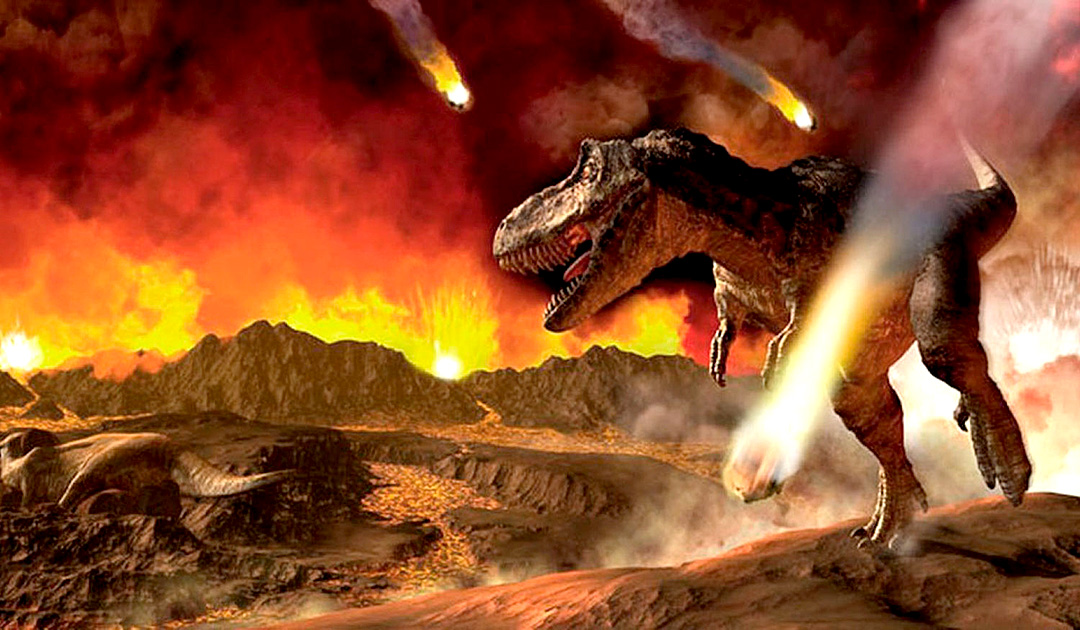
According to studies by Brazilian and German scientists, coniferous forests and ferns grew on James Ross Island in Antarctica during the Late Cretaceous period, which began about 100 million years ago and ended 66 million years ago. Many dinosaurs roamed the forests in search of food. This era was one of the warmest periods on earth.
At the same time, large-scale bushfires frequently occurred there, causing the forests to burn down completely, leaving only charcoal fragments of them. The study was published in the journal Polar Research.

From a paleontological point of view, James Ross Island is an extremely important volcanic island in the Weddell Sea at the tip of the Antarctic Peninsula, as dinosaur bones have been found there. At the end of the Cretaceous period, the supercontinent Gondwana broke apart, leaving behind separate continents, including Antarctica.
The new findings were the first evidence of large forest fires on James Ross Island between about 84 and 72 million years ago. According to a study published in 2015, a team recorded the first known evidence of fires during the dinosaur age in West Antarctica.
Scientists analyzed the fossils collected on James Ross Island, which are small fragments of charcoal with a size of 19-38 mm.
Scanning electron microscopy confirmed that these fossils were likely burnt plants and probably came from a coniferous tree called Araucaria.

Large-scale forest fires were common and widespread in the Late Cretaceous, the researchers said, with most evidence of these fires found in the Northern Hemisphere. There are also some documented cases in the southern hemisphere, such as in what is now Tasmania and Argentina.
During the Late Cretaceous, the supercontinent Gondwana broke apart, leaving places like Antarctica more isolated than before. There were many sources of fire in this ice-free region, including lightning strikes, fireballs from meteorites and volcanic activity, as well as flammable vegetation. The high oxygen levels also supported the fires, the researchers noted.
Heiner Kubny, PolarJournal





